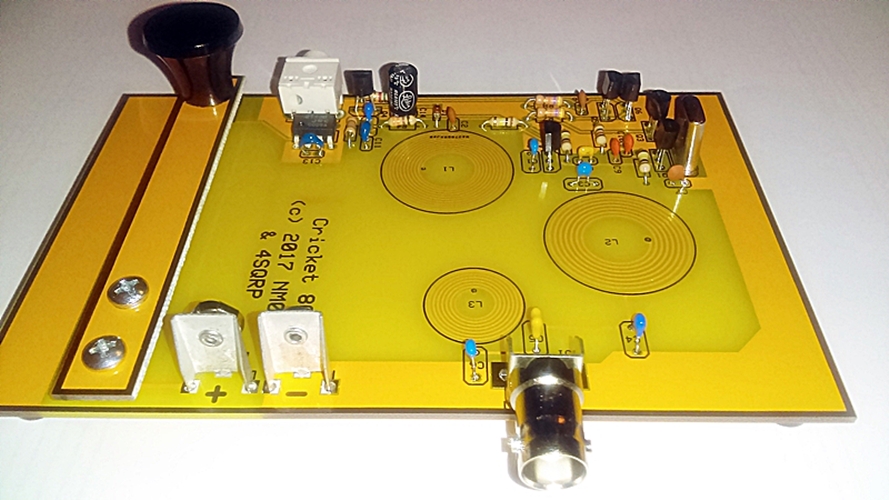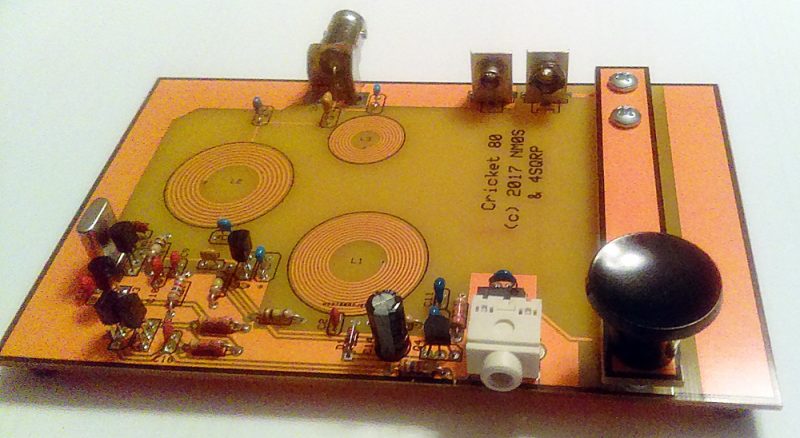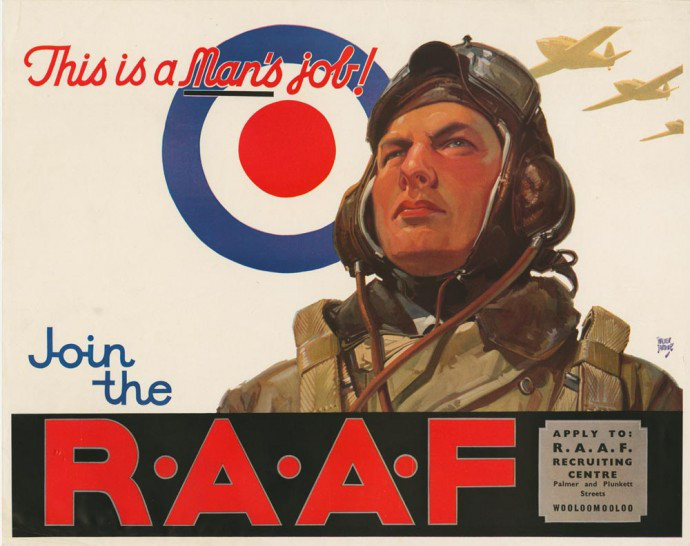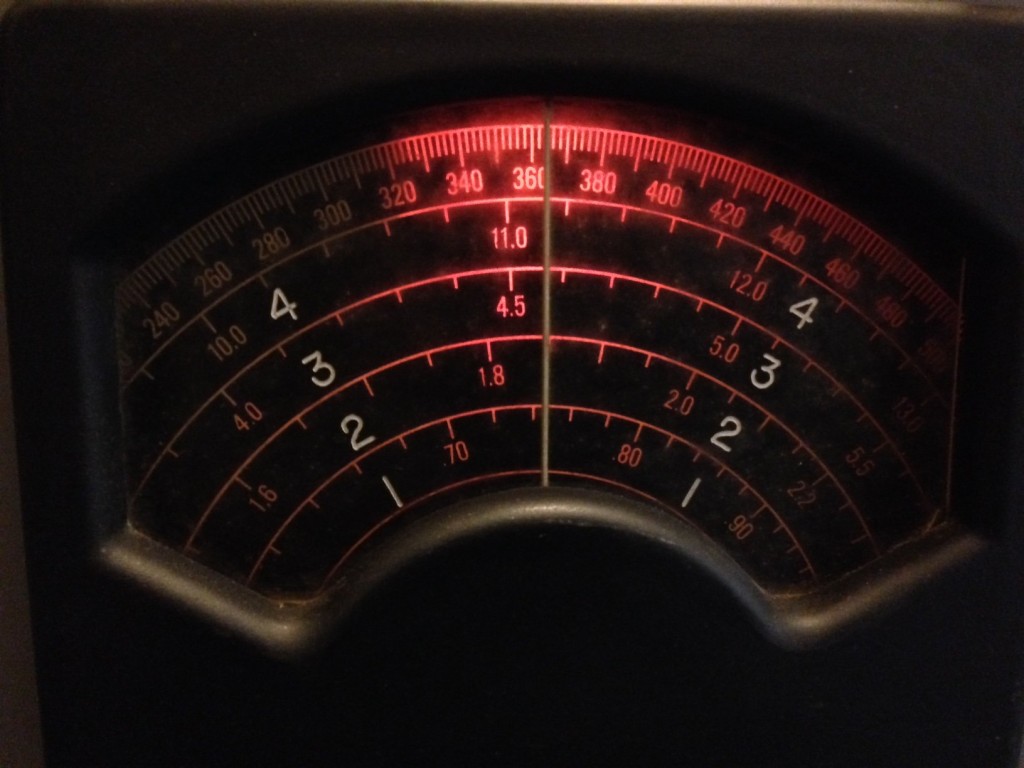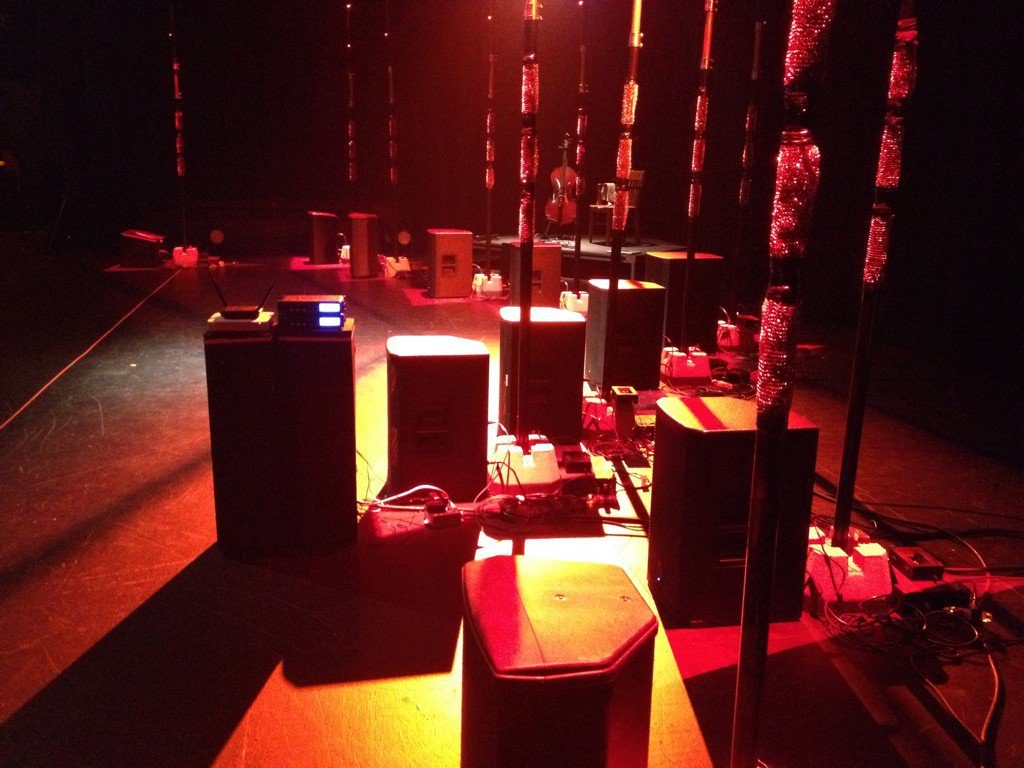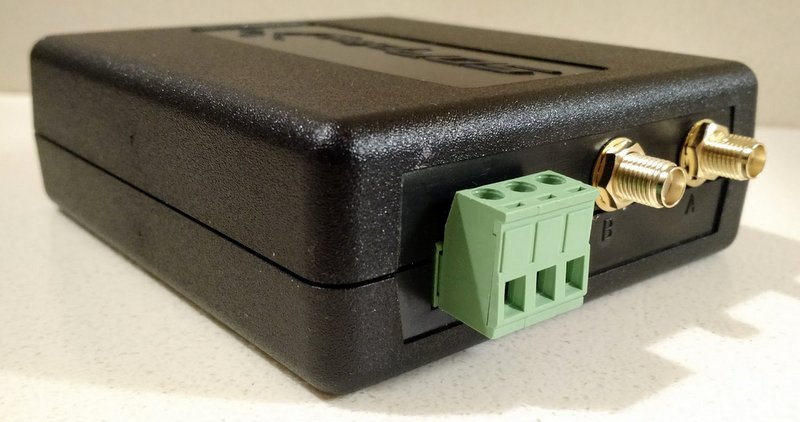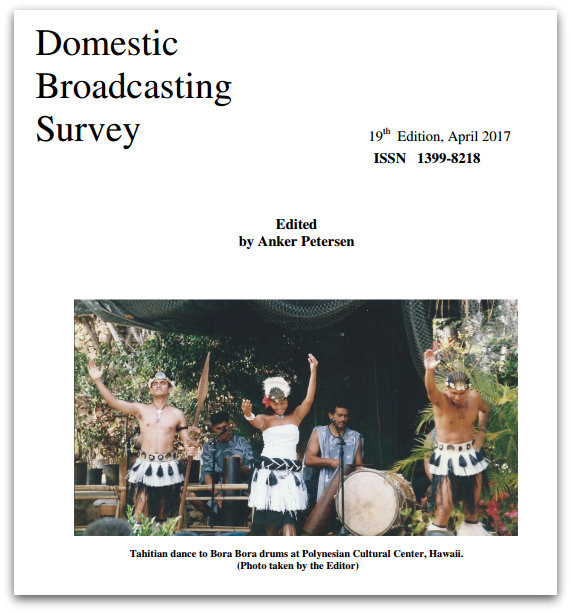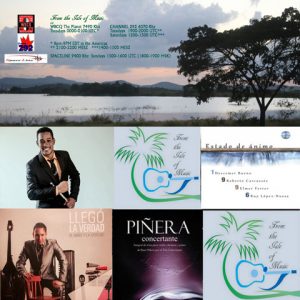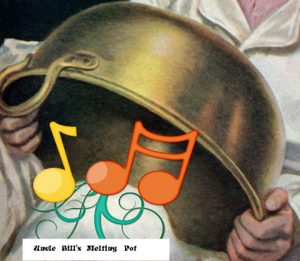Here’s a hot tip for those of you who enjoy building transceiver kits:
The Four State QRP group has just released The Cricket: a simple 80 CW transceiver kit. The Cricket was designed by David Cripe (NM0S) who is behind a number of successful kits (including the Ozark Patrol and the Bayou Jumper).
The amazing part about this kit is that it’s super simple, has no toroids to wind and doesn’t even need to be aligned. It even includes a Morse key.
All this shipped for $32.68 in the US, $39.50 in Canada and $43.50 for international orders. A serious bargain, in my book.
Typically, Dave’s kits sell out the same day they are posted for sale. If you’re interested in The Cricket, don’t hesitate to order! (I just bought three, for example.)
Click here to order The Cricket.
Here’s The Cricket kit description via the Four State QRP Group website:
Kitted and Offered For Sale By The Four State QRP Group
The Cricket is a low cost entry level minimalist CW transceiver for the 80 meter band. Chosen as the build session kit for OzarkCon 2017, it bears a family resemblance to the well known but much lower performing Pixie. However it is very different and vastly improved over the Pixie. This is NOT a Pixie, it is far superior! It features low parts count, better components including MOSFETs for better sensitivity and switching, and a modern NJM2113D audio amp.
A TX/RX offset is also incuded so that you can work other stations that have zero beat you, or are using a crystal on the same frequncy. Full QSK and a sidetone complete the essential operating features. Dave’s famous etched spiral coils are included on the pc board, so there are NO TOROIDS to wind. Additionally a straight key is included on the pc board, just snap it off, mount it on the board, and the whole rig is then self contained. Also included is an electronic keyer adapter – you can use your favorite keyer with the Cricket! These are many features for such a low parts count and inexpensive transceiver.
ALL THROUGH HOLE parts make this kit very easy to assemble. It will make a fine, fully functional, and educational first rig for a new builder, the new ham, or seasoned veterans wishing to just have fun with a new rig at minimal expense and effort. Note that Novices and Technicians have 80M CW privileges from 3.525 to 3.600, same as everyone else – so they also can build and use the Cricket.
This simple rig is fun and functional, and made many contacts at OzarkCon after the build session. A proven design and a great choice for your next rig, it is perfect for a group build with nets and contacts after the build. This is an excellent club project.

